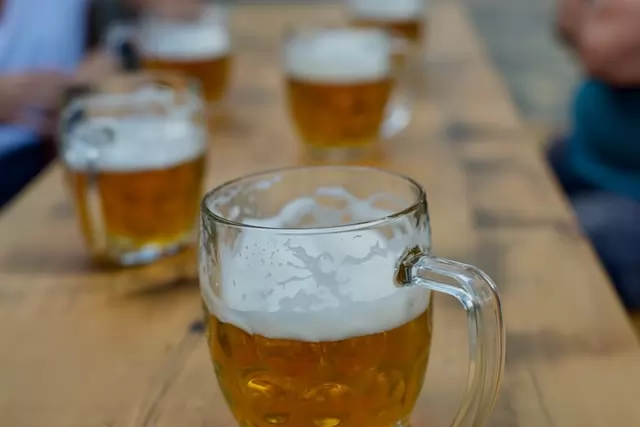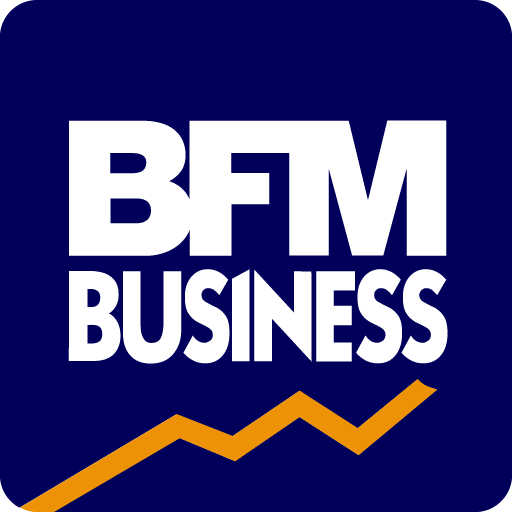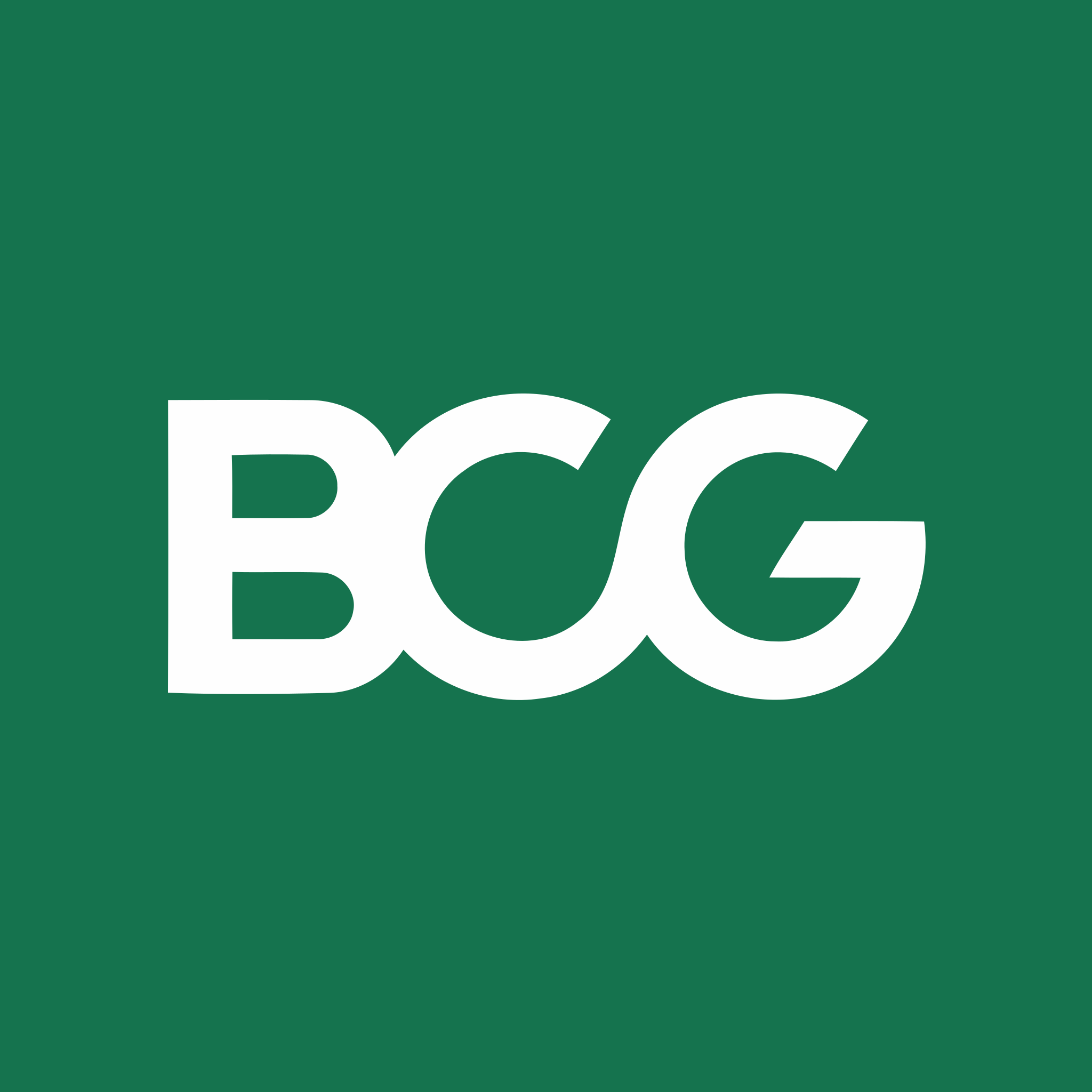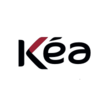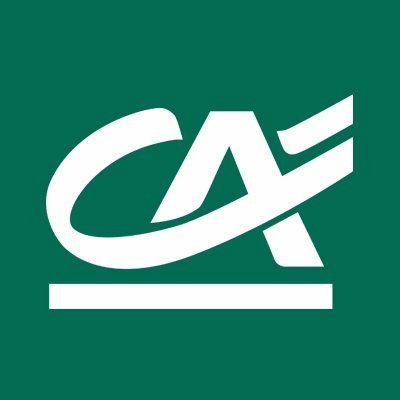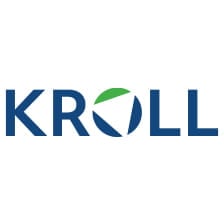Summary of our market study
The growth of non-alcoholic spirits in France is estimated at between 250 and 300 million euros.
The global market for non-alcoholic spirits is worth around $13 billion, and is growing by 8% a year.
In France, the non-alcoholic spirits sector is growing by over 10% a year, withnon-alcoholic beer and cider accounting for 75% of the total market .
These trends are fueled by factors such as "dry January", health considerations and the rise of mocktails, particularly among the younger generation.
Around 25% of Europeans over the age of 15 choose not to drink alcohol, and the share of non-alcoholic beverages in French budgets is over 40% .
With both traditional players and start-ups entering the market, demand is booming.
Key players in the non-alcoholic spirits market
- seedlip : The UK-based non-alcoholic spirits pioneer founded in 2015 by Ben Branson
- diageo: LeadAssociated with UK brand Ceder's to offer consumers a range of alcohol-free spirits
- William Grant & Sons: Launched its own alcohol-free spirits brand, Atopia
- OSCO:Founded in 2021 in the south of France,
to understand this market
Detailed content of our market study
 Inforamtion
Inforamtion
- Number of pages : 35 pages
- Format : Digital and PDF versions
- Last update :
 Summary and extracts
Summary and extracts
1 Market overview
1.1 Definition and scope of the study
Non-alcoholic spirits are drinks that imitate the taste of traditional spirits. The latter are defined as alcoholic beverages obtained by distillation, maceration or infusion of agricultural raw materials. These manufacturing processes distinguish spirits from alcoholic beverages produced by fermentation such as beer, wine, or cider. According to the European legislation, a spirit known as classic has an alcohol content of 15° and more, while the alcohol content of non-alcoholic spirits must be less than 1.2% in France. Among the spirits, there are for example whisky, rum, vodka or cognac whose popularity depends on the culture and history of each country.
Globally, the non-alcoholic spirits category grew by 32.7% in 2020. In addition, the "no-low" market, comprising alcoholic beverages with little or no alcohol, is expected to grow at an annual volume rate of 8% by 2025 in the major alcohol consuming countries.in France, the market for non-alcoholic spirits grew by 13% in 2021, and is expected to grow at around 10% per year until 2025. Non-alcoholic beers, which have been on the market longer, account for 3.8% of beer and mixed drinks sales, growing in value by 23.6% in 2021.
Driven by trends such as dry January and mocktails (non-alcoholic cocktails), the French market is growing with the launch of new products by traditional players, but also the arrival of new entrants. In addition, non-alcoholic spirits are gradually gaining popularity in wine shops, bars and supermarkets.
1.2 The global market for non-alcoholic spirits
The non-alcoholic spirits market is part of the larger "no-low " (***), no-low will grow at an average annual rate of *%.at an average annual rate of *% between **** and ****, while the alcoholic beverage market will only grow by *.*% per year over the same period.
No-low market size in ** key countries ****-****, US$ billion Source: ****
The no-low market comprises many different segments. Non-alcoholic beers and ciders account for three-quarters of the market, but spirits are becoming increasingly important, and are expected to register a **% CAGR over the study period. This growth is occurring in a number of ways, as we will see in Part *, and is reflected in the supply side: the major spirits manufacturers are almost all offering lower alcohol versions of their products, and the non-alcoholic spirits lines are growing.
1.3 The national non-alcoholic spirits market
The market for non-alcoholic spirits is still fairly new, so unlike the spirits market whose size was around * billion in **** (***), the order of magnitude, for the market studied is in the order of several tens millions of euros.
In addition, the economic activity related to non-alcoholic spirits is recorded under the code **.**B : Production of soft drinks. [This class includes soft drinks, energy drinks, tea and fruit drinks, fruit syrups, non-alcoholic aperitifs and flavored milks.
Sales of soft drink production France, ****-****, billion euros Source: ****
This market, which is much larger than the scope we are studying, has been stagnating since ****. To get a clearer picture of the size of the non-alcoholic spirits market, let's first look at the no-low market in France, keeping in mind that non-alcoholic beer and cider account for **% of the total market(***) and all other imitations of alcoholic beverages, but it is impossible to find reliable enough data to estimate the value represented by these products.
1.4 Imports and exports
Because the non-alcoholic spirits market is so new (***), excluding fruit, nut or vegetable juices in reference ****."
In exports, France's top six partners are European, with the United Kingdom occupying an important place (***). This can be explained by the fact that the UK is a fairly mature market for non-alcoholic spirits, so British consumers are very demanding for this type of drink. The UK is a pioneer in the market and production of non-alcoholic spirits, but French companies have been entering this market for some years and their products appeal to the British. Main export destinations for non-alcoholic refreshment beverages World, ****, in Source: UN Comtrade Germany is France's main supplier of soft drinks (***). Main suppliers of non-alcoholic soft drinks France, ****, in % Source: UN Comtrade The French trade balance has been developing positively since **** for non-alcoholic refreshment beverages. Since ****, the trade deficit has become a surplus of ** million dollars. Evolution of France's trade balance in the soft drinks market World, ****-****, in millions of dollars Source: ****
2 Analysis of the demand
2.1 The health issue in alcohol consumption, an advantage for non-alcoholic spirits
Since the ****'s, alcohol consumption in France has decreased overall, favouring certain alcoholic beverages at the expense of others. This graph shows a radical change in consumption patterns: the French prefer quality to quantity. Thus, the consumption of low-quality, inexpensive everyday wines has been divided by almost ten, while the consumption of quality wines, spirits and champagne has increased.
Evolution of alcoholic beverage consumption France, ****-****, in liters per person per year Source : Insee From **** to ****, the share of the household budget devoted to the purchase of alcohol was divided by two. This decrease reflects the declining alcohol consumption of the French.
Share of household budget devoted to the purchase of alcoholic beverages France, ****-****, in Source: Insee This decrease can be explained by the growing importance of the health issue. Between **** and ****, the average consumption of alcoholic beverages per French person was divided by *.*. A French person used to drink *** liters of alcohol per year at the time, but now only ** liters. This decline is primarily due to theimplementation of public policies to fight against daily alcohol consumption. This trend still persists today, even though the French drink more than the European average. However, this growing disinterest in alcohol benefits ...
2.2 Interest in spirits combined with the emerging mocktail trend
The Sowine/Dynata **** Barometer gives a general idea of the habits of the French regarding the consumption of alcoholic beverages. In particular, it sheds light on the five favorite alcoholic beverages of the French, with wine and beer in first place as they are cited by nearly half of the respondents. Spirits are in fifth place and are cited as "favorite alcoholic beverage" by nearly **% of respondents. Note that a specialized study on spirits is available on this link.
Since ****, the proportion of French people who say they are interested in the world of spirits has risen by five points to **%.
French interest in spirits France, ****, in Source: ****
The three most consumed spirits by the French are rum, whisky and vodka. Non-alcoholic versions of these beverages could therefore enjoy similar success in the French market.
Ranking of the most consumed spirits France, ****, in % Source: ****
The Mocktail or spirit free is a mixture of non-alcoholic drinks, often using the ingredients of a Cocktail but replacing the alcohol with another fruit juice. The Mocktail appeared after the emergence of Dry January and the general trend of reducing alcohol consumption. It appeals especially to younger people because they consume less alcohol than previous ...
2.3 Products used mainly as substitutes
Low-alcohol and non-alcohol beverages are praised for their lower health impact, but also for the simple fact that they are not alcoholic. In fact, consumers cite avoiding the effects of alcohol as a primary reason for consuming products.
Reasons consumers buy no-low products World, ****, % Source: ****
Thus, no-low products today are primarily a substitute for alcoholic beverages, and that's how these products began their growth. However, in order to continue to grow, no-low spirits manufacturers cannot rely on the same strategies as traditional spirits: festive and celebratory moments will be difficult to penetrate, while by playing on the complexity of the product and possible gastronomic arrangements, non-alcoholic spirits can penetrate into milieus that were previously not conducive to the consumption of classic spirits.
3 Market structure
3.1 The organization of the French market for non-alcoholic spirits
Non-alcoholic spirits are produced in the same way as alcoholic spirits and are then dealcoholized. The structure of the non-alcoholic spirits market is therefore similar to that of alcoholic spirits.
The French spirits industry is made up of several types of players who are involved in one or more stages of the value chain. This chain includes * main phases:
The first is the extraction of agricultural raw materials, such as wormwood, sugar cane, potatoes, cereals or beets for example. These raw materials are then processed to obtain the desired alcohol, notably by fermentation and distillation. Packaging refers to thebottling and packaging of spirit drinks. Finally, the finished products are distributed through different distribution channels (***).
Source: ****
The manufacturing techniques for non-alcoholic spirits can be similar to those used to obtain alcoholic spirits. Two families of very different products are to be distinguished, on the one hand products resulting from blending and infusions to find flavors similar to those of gins or other whiskies and on the other hand products resulting from dealcoholization. For the second family, all the production stages of a classic spirit are followed. The objective is that the know-how and the flavours obtained are always present in the drink ...
3.2 French production of soft drinks
By selecting the code ******** corresponding to the category "Non-alcoholic beverages not containing milk fat (***)", the graph below is obtained. It shows a relatively stable French production of this type of beverage between **** and **** and a contraction of *.*% in **** resulting from the health crisis.
Evolution of the production in value of soft drinks France, ****-****, in millions of euros Source: ****
3.3 Distribution of non-alcoholic spirits in France
The distribution channels for non-alcoholic spirits are similar to those for alcoholic spirits. Most of the sales to consumers are made through mass-market retailers, mainly for cost reasons.
Breakdown of sales of spirits and champagne in mass distribution by channel France, ****, in % Source: ****
In supermarkets, whiskies, aniseed-flavored spirits and rums appear to be the favorite spirits of the French, representing respectively **.*%, **.*% and **.*% of the value of sales, and similar shares in volume.
Breakdown of sales in supermarkets according to the category of spirits (***) France, ****, in % Source: ****
3.4 Traditional players alongside young companies
In the non-alcoholic spirits market, there are two categories of players: startups and young companies recently launched solely in the non-alcoholic spirits sector, and traditional players in the spirits market who are trying to position themselves in the buoyant non-alcoholic drinks niche.
3.5 The importance of bars and online sales in the emergence of the non-alcoholic trend
The trend of non-alcoholic beverages is already established among French consumers since **% of them already buy non-alcoholic beer. Non-alcoholic beer represents *% of sales in France and is growing strongly.
Even if there have been non-alcoholic drinks for a long time (***), the non-alcoholic offer has become a category in its own right that is gaining in value and is not only aimed at pregnant women and people who cannot drink alcohol. Indeed, this type of drink is now being adopted by young adults for the health reasons mentioned above. This category, already well developed in the United States, the Netherlands, Australia and Belgium, is beginning to assert itself in France as well.
However, this trend of non-alcoholic beverages will only be able to develop completely in France when bars take an interest in it. This was the case in December **** when Pernod Ricard opened "Drinks & Co" in Paris. It was a place that offered a very wide range of spirits and alcohol-free alternatives. The bartenders made versions of famous cocktails without alcohol.
The Internet is also one of the driving forces behind alcohol-free. The site Gueule de Joie founded in **** lists *** references of alcohol-free wines, beers and spirits.
4 Analysis of the offer
4.1 Overview of spirits references
The consultation of several sites specialized in the online sale of non-alcoholic beverages to have a general overview of the references of non-alcoholic spirits and their prices.
Brand Type of spirit Price NONA June Non-alcoholic spritz **,*€ OSCO Organic aperitif *% alcohol **,*€ Sober Spirits Gin without alcohol **€ Sober Spirits Rum without alcohol **€ Lyre's Absinthe without alcohol **,*€
Source: ****
4.2 Analysis of prices and production costs
Non-alcoholic spirits are produced from the same ingredients as alcoholic spirits. However, since February ****, producers of this beverage have been warning about production cost increases that are expected to weigh on spirits prices. Thus, the raw materials that have experienced price increases are: Average price increase of raw materials used for the production of spirits France, ****, in % Source French Spirits Federation The prices of non-alcoholic spirits are quite similar to alcoholic spirits, but often higher. The average price of a bottle of spirits is between ** and ** euros. A bottle of non-alcoholic spirits costs between ** and ** euros.
The curve below highlights the premiumization of the French spirits market, where prices have increased by **% in ** years. Moreover, the sharp increase in **** is the result of the Egalim law of October ****, which has led to an increase in the prices of some spirits ranging from *% to *%. As distributors need to better remunerate farmers and producers, they have transferred this increase to prices.[***] Consumer price index for spirits and liqueurs France, ****-****, base *** in **** Source: ****
4.3 A tax system that benefits non-alcoholic spirits
The graph above shows the breakdown of taxes on spirits. The total amount of taxes on a spirit sold for €**.* is €**.**.
Taxes applied to spirits are re-evaluated each year according to inflation. With **% of tax revenues for only **% of the volumes of pure alcohol released for consumption in France, the industry is subject to significant taxation, in addition to the inflationary effect of the **% increase in the threshold of resale at a loss (***) introduced by the Egalim law.
Breakdown of taxes on a spirit sold for €**.* France, ****, in % Source: ****
However, the non-alcoholic spirits sector escapes the heavy taxation of alcoholic beverages. A bottle of non-alcoholic spirits is therefore not subject to the consumption duties and Social Security contributions mentioned earlier in the chart. This tax advantage of non-alcoholic spirits is not reflected in their prices, thus increasing the already high margins of these "premium" products.
5 Regulation
5.1 Current regulations
There is no legislation governing non-alcoholic "spirits", which, therefore, in order to comply with the European regulation, should neither use the term "spirits" nor the names of the various spirits such as gin, vodka or whisky. However, it is also important to underline the obligation of the publicans to respect the rule of displaying non-alcoholic beverages in their establishment if they offer beverages containing alcohol. Regardless of the license of the establishment (***), the establishment must display an assortment of ** bottles or containers with a sample of each of the following products: soft drinks, fruit juices, lemonade, syrup, ordinary waters and mineral waters. This beverage display must be separate from the alcoholic beverage display. Article R-****-* provides for a penalty for non-compliance with this obligation:"The fact that an on-premises beverage vendor has not installed a display of non-alcoholic beverages offered for sale in his establishment under the conditions provided for in article L. ****-* is punishable by the fine provided for *th class offenses.
6 Positioning of the actors
6.1 Segmentation of market players
- Pernod Ricard Groupe
- William Grant and Sons
- Seedlip
- DJIN SPIRITS
- Campari France Distribution
- Brown Forman
- Rémy Cointreau
- Distilleries Massenez Peureux
- Campari
- Château Clos de Boüard
- Maison PierreChavin
All our studies are available online in PDF format
Take a look at an example of our research on another market!
 Choosing this study means :
Choosing this study means :
Access to more than 35 hours of work
Our studies are the result of over 35 hours of research and analysis. Using our studies allows you to devote more time and added value to your projects.
Benefit from 6 years' experience and over 1,500 industry reports already produced
Our expertise enables us to produce comprehensive studies in all sectors, including niche and emerging markets.
Our know-how and methodology enable us to produce reports that offer unique value for money.
Access to several thousand articles and paid-for data
Businesscoot has access to all the paid economic press as well as exclusive databases to carry out its market research (over 30,000 articles and private sources).
To enhance our research, our analysts also use web indicators (semrush, trends, etc.) to identify market trends and company strategies. (Consult our paying sources)
Guaranteed support after your purchase
A team dedicated to after-sales service, to guarantee you a high level of satisfaction. +44 238 097 0676
A digital format designed for our users
Not only do you have access to a PDF, but also to a digital version designed for our customers. This version gives you access to sources, data in Excel format and graphics. The content of the study can therefore be easily retrieved and adapted for your specific needs.
 Our offers :
Our offers :
the non-alcoholic spirits market | France
- What are the figures on the size and growth of the market?
- What is driving the growth of the market and its evolution?
- What is the positioning of companies in the value chain?
- Data from several dozen databases
Pack 5 études (-25%) France
- 5 études au prix de 74 €HT par étude à choisir parmi nos 1200 titres sur le catalogue
- Conservez -25% sur les études supplémentaires achetées
- Choisissez le remboursement des crédits non consommés au terme des 12 mois (durée du pack)
Consultez notre catalogue d’études sectorielles
